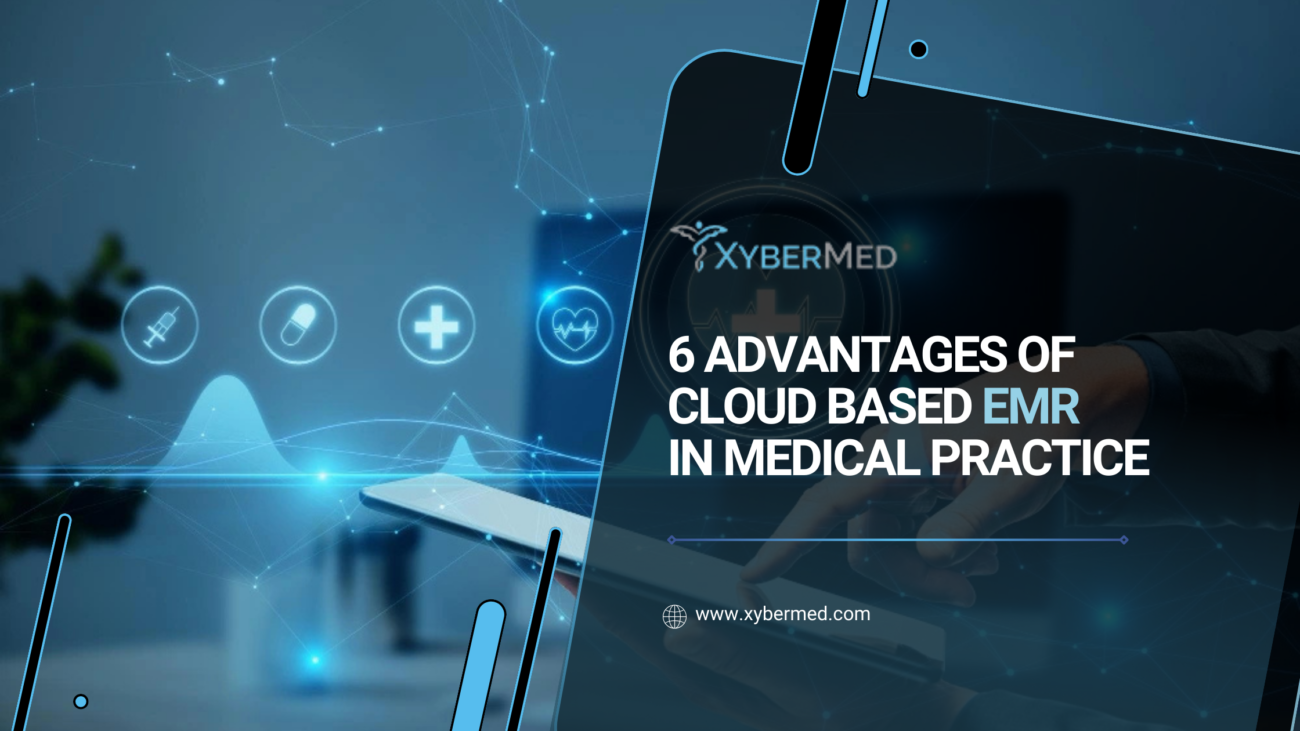If you’re in medical billing, you know that accuracy is the key. And billing for CPT code 52601 can get confused—particularly with old rules making it a one-time procedure. But is it anymore?
Let’s set the record straight and get you current! We’ll examine what CPT code 52601 entails, when to use it, and present billing guidelines so you can submit clean claims with confidence.
Know Your CPT Code 52601
The code is for transurethral resection of the prostate (TURP)—a common surgical procedure for benign prostatic hyperplasia (BPH) or an enlarged prostate.
BPH is a noncancerous growth that, in the majority of cases, is directed towards older men. It is caused by prostate gland enlargement below the bladder that obstructs the urethra. Consequently, there are urinary irregularities like a thin stream of urine, increased frequency, and incomplete bladder evacuation. TURP is regarded as the ideal therapy for BPH because it effectively eliminates surplus prostate tissue as well as reestablishes regular urine production.
CPT code 52601 contains not only the initial procedure but a series of related urological procedures. Procedures like cystoscopy (urethra and bladder exam), meatotomy (urethra dilation incision), and dilation of the urethra are included in the payment when billing on this code. Since this is one of the global codes, they are unable to bill individually unless the proper modifier allows the extra payments to be acceptable.
When to Use CPT Code 52601: Real-Life Instances
It is important to understand when to bill CPT code 52601 so that claims will not be rejected. A 76-year-old man comes to the emergency room with urinary incontinence. The physician, after urinalysis and imaging procedures, discovers that his urethra is blocked by an enlarged prostate gland. The urologist eliminates the blockage by doing TURP. Since this is the patient’s first TURP procedure, the physician properly bills CPT 52601.
The second most common is a 64-year-old man who comes into the doctor repeatedly for recurrent UTI due to an enlarged prostate. The patient doesn’t respond after numerous antibiotics cycles. Upon further evaluation in a urologist clinic, the doctor chooses to get the blockage drained and precluded through TURP. This, once more, as the patient has TURP for the first time, gets billed CPT 52601.
One such case is a 51-year-old male patient who presents with dysuria and failure to empty the bladder. By imaging examinations, it is discovered that his prostate gland is hugely enlarged and that he is hugely susceptible to the formation of bladder stones. As a precautionary measure to avoid complications, the surgeon conducts TURP to enhance the drainage of the bladder. As it is the first TURP for the patient, CPT 52601 is used.
Using the Right Modifier on CPT Code 52601
It was once a single procedure under code 52601. That is no longer the case. A second TURP can be billed if one is required under specific circumstances—just with the right modifier.
Modifier 58 is applied when a re-do TURP is booked pre-operatively or post-operatively. In case, for instance, a doctor decides that there would be a second TURP required after the patient is taken to post-op recovery, then the practitioner would have to code the second as CPT 52601-58. Appropriate documentation of these cases should be performed so that the second TURP can be reimbursed without issues.
CPT Code 52601 vs. 52630: What’s the Difference
Although CPT codes 52601 and 52630 are both TURP procedure codes, they cannot be swapped. CPT 52601 is used in a patient’s first TURP procedure, which implies that it can be used only if a urologist takes out prostate tissue for the first time to improve urine flow. Yet, CPT 52630 is utilized when a patient needs to have a repeat TURP for drainage of residual or recurrent prostate tissue. When a patient has previously had TURP and needs to have it repeated, coders are supposed to report CPT 52630 and not CPT 52601.
Billing & Reimbursement Guidelines for CPT Code 52601
In order to get reimbursed optimally, payers are requesting providers to optimize billing practices for CPT code 52601. Step number one is ensuring medical necessity. Physicians must first check if the patient’s diagnosis necessitates the procedure by checking for symptoms of urinary distress, stricture, or recurring infection. Review imaging studies and labs, and sufficient ICD-10 codes should be used to validate the claim.
As CPT 52601 has a global period of 90 days, intraoperative, pre-operative, and post-operative services included in TURP are bundled with the code. Providers never ever bill for cystourethroscopy, meatotomy, or dilation of the urethra separately unless they do so using a modifier.
If a re-TURP is later necessary within the global period, modifier 58 is to be used to report a staged procedure. This will allow for the second TURP to be taken as an extension of the first treatment and not as an extra service.
Careful documentation is essential in preventing claim denials. Providers need to have complete patient records, such as symptoms, lab results, and a full operative report. The operative report needs to have the TURP procedure, the volume of prostate tissue excised, and other procedures done. The post-operative care notes need to be included to leave an entire record of care.
Finally, payer-specific policies are to be read prior to claims filing. Each insurance company deals in various modes of billing, e.g., pre-authorization of TURP or unique reimbursement requirements. Reading them first will prevent redundant billing errors, e.g., absence of documents, improper coding, or time violation.
Conclusion
With increasing urinary issues such as BPH in elderly men, TURP continues to be a widespread surgical procedure. Default CPT code 52601 bills a patient’s initial TURP, the entire procedure, and ancillary services. While the code initially was for one procedure, the new guidelines now permit repeat procedures of TURP in some cases—by using proper modifiers and documentation.
Knowing these facts about billing guarantees correct claims minimizes denials, and maximizes payment. For expert help in handling complicated medical billing processes, XyberMed remains the ultimate resort.



